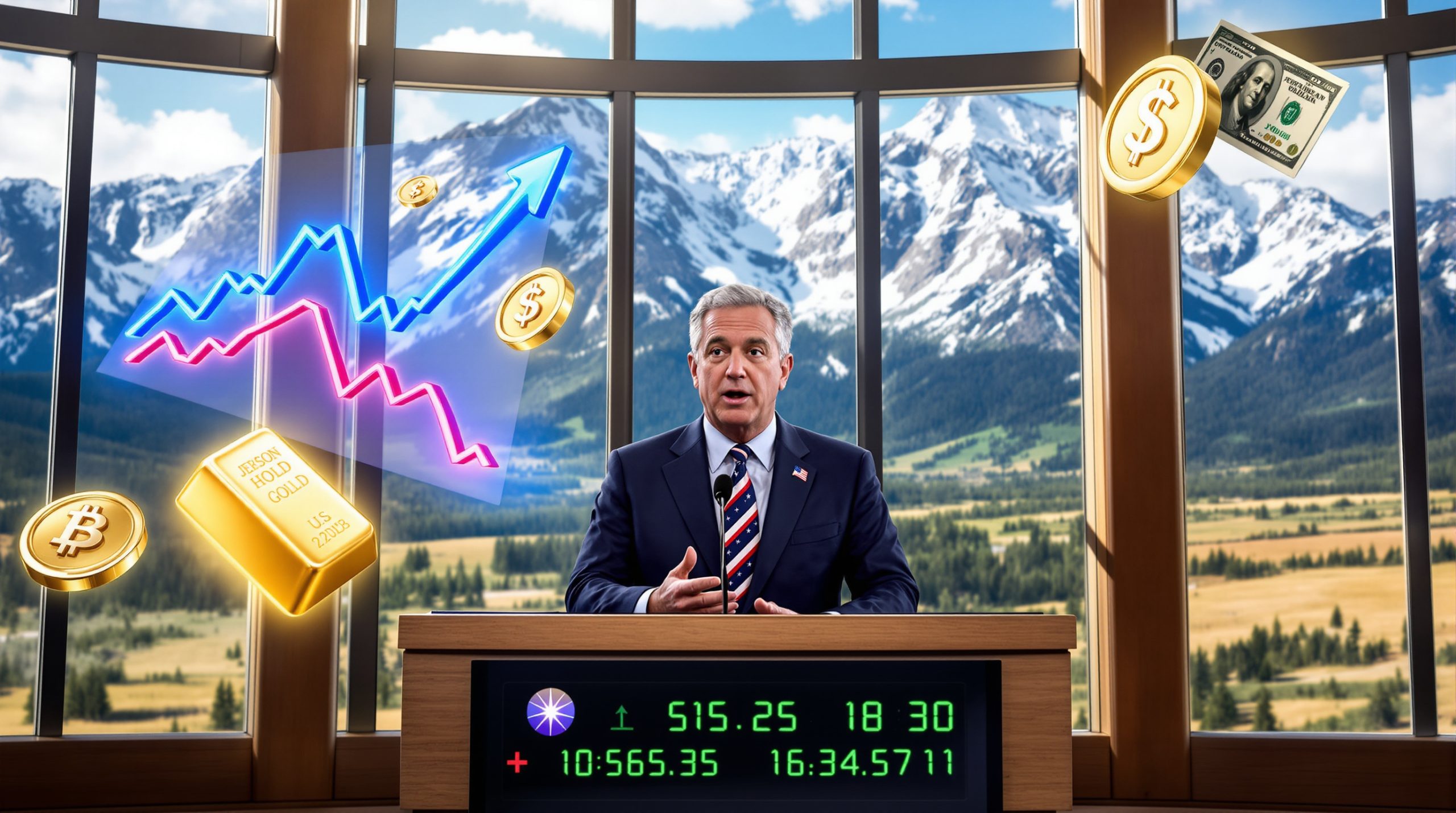What Are the Current SHFE Zinc Price Trends?
Recent shifts in global trade policies have heightened investor attention on the phenomenon of tariff impact and SHFE zinc price. Experts now monitor tariff impact and SHFE zinc price closely amid evolving economic signals. Many believe tariff impact and SHFE zinc price is central to understanding recent market volatility. Consequently, market participants are re‐evaluating risk.
The Shanghai Futures Exchange (SHFE) zinc market has exhibited significant volatility. In recent sessions, macroeconomic concerns and shifting trader sentiment have led prices to react sharply.
On 8 July 2025, the SHFE zinc 2508 contract opened at 22,070 yuan/mt and closed at 22,050 yuan/mt, a modest fall of 40 yuan/mt (0.18%). Despite the small change, there was notable intraday turbulence.
During the session, the contract touched a low of 21,865 yuan/mt. This produced a long lower shadow on the candlestick chart, indicating that while sellers initially dominated, buyers later stepped in.
Trading volume dropped to 159,000 lots while open interest fell by 7,658 lots to 119,000. This decline suggests that uncertainty led bulls to reduce positions.
Recent Price Movements in the SHFE Zinc Market
The early session saw a rapid price decline as bulls reduced positions. This swift move pushed prices to the session low before market recovery set in.
Mid-session recovery pushed prices toward opening levels. However, the market could not fully reclaim earlier losses. Experts point out that this behaviour reflects cautious sentiment amid growing tariff concerns and evolving economic data.
Technical analysis teams observe that the long lower shadow pattern suggests support at lower levels. For instance, some analysts emphasise the importance of monitoring subtle moves amid these conditions.
Furthermore, broader market insights can be found in a recent tariff market effects review.
“The long lower shadow formation we’re seeing in SHFE zinc suggests market participants are testing lower price levels but finding support. This pattern often indicates a potential short-term floor, though it doesn’t necessarily signal a reversal without confirmation from subsequent sessions,” notes the SMM technical analysis team.
Technical analysts remain cautious. The price centre’s downward shift indicates that bears still hold an advantage, and volatility is expected in upcoming periods.
Technical Analysis of SHFE Zinc Price Action
The formation of a long lower shadow in candlestick charts is a vital technical indicator. Initially, selling pressure drives prices down, only for buyers to push them upward before close.
This formation typically reveals:
- Strong initial selling pressure
- Subsequent buying support
- Formation of a support level near the session low
- Persistent uncertainty among traders
Traders are keeping an eye on key technical levels:
| Technical Level | Price (yuan/mt) | Significance |
|---|---|---|
| Recent Resistance | 22,200 | Previous session high |
| Opening Level | 22,070 | Reference point |
| Current Price | 22,050 | Closing level |
| Intraday Support | 21,865 | Session low/buying interest |
| Major Support | 21,500 | Previous consolidation zone |
Price action should be viewed within the context of recent tariff discussions. Noticeable oscillations occur with each tariff announcement or economic data release.
How Are Tariffs Affecting Zinc Market Dynamics?
Tariffs have grown in importance for global metals markets, affecting everything from concentrate availability to refined pricing. Notably, recent changes in tariffs have left their fingerprint on SHFE zinc prices.
Tariff announcements often lead to immediate and volatile market responses. Analysts explain that the sensitivity of zinc futures to these policies is rooted in its role in industrial supply chains.
A senior metals analyst at CRU Group explains, “Tariff policies have fundamentally altered zinc’s price discovery mechanism. What was once primarily driven by physical supply-demand fundamentals now incorporates a significant geopolitical risk premium.”
Cross-border trade restrictions have upended the economics of zinc. With tariffs typically ranging from 5% to 25% depending on trade routes, previously viable routes have become less profitable.
This is corroborated by insights from the broader metals industry analysis reports.
Increasing Tariff Impact on Global Metal Markets
Tariff implementations have accelerated worldwide, forcing traders to navigate a sea of obstacles. For zinc, these policies have:
- Disrupted traditional concentrate flows
- Created regional price disparities
- Increased volatility following policy updates
- Widened premium/discount structures
- Forced adjustments in warehousing strategies
Regional price discrepancies are evident as markets with lower barriers enjoy smoother metal flows. In contrast, high-tariff regions face tightening supplies.
Such disparities create arbitrage opportunities for savvy traders.
Meanwhile, comparisons with other base metals reveal that zinc is uniquely impacted by tariff measures.
Macroeconomic Implications of Tariff Policies
Tariffs now play a central role in macroeconomic environments. They contribute to inflationary pressures by increasing costs in manufacturing.
As a result, central banks are less inclined to cut interest rates. In addition, the implications include increased inventory financing costs and reduced infrastructure activity.
Recent studies on US tariffs impact further validate these arguments.
The manufacturing cost structures for zinc-consuming industries have also shifted. For example, galvanized steel producers have seen input cost increases ranging from **8% to 15%**.
Moreover, reduced investment in zinc mining ties back to the broader tariff scenario. In parallel, external reports on metal price decline have noted similar trends.
Currency fluctuations add another layer of complexity. Exchange rate movements often mirror the volatility triggered by tariff announcements.
What Supply and Demand Factors Are Influencing Zinc Prices?
Beyond tariffs, fundamental supply and demand forces continue to shape SHFE zinc prices. Numerous factors are at play in this dynamic environment.
Current Supply Conditions in the Zinc Market
Supply-side shifts have significant implications for price formation. Analysis indicates that supply is expected to continue increasing through July 2025.
Consecutive inventory build-up has been noted across exchanges and bonded warehouses. This inventory accumulation exerts downward pressure on prices.
Production capacity utilisation varies by region. For example, China operates at **82%**, Europe at **71%**, North America at **77%**, and South America at **68%**. Each region faces unique contributing factors.
Additionally, secondary zinc production is growing faster than primary production. This shift reflects environmental policies and economic pressures.
Evolving Demand Patterns for Zinc
Demand for zinc has gradually weakened in key markets. Seasonal slowdowns in construction contribute to this effect. In the Northern Hemisphere, summer typically means lower construction activity.
Regional consumption trends vary considerably. For instance:
- China: Slower infrastructure growth
- Europe: Economic headwinds due to high energy costs
- North America: Resilient construction but faltering automotive demand
- Southeast Asia: Moderate growth partly offsetting global weakness
Overall, the construction sector accounts for roughly **50%** of zinc usage, while the automotive sector makes up almost **16%**.
Some experts correlate declines in construction PMI data with reduced zinc offtake. These trends may signal further softening if economic activity remains subdued.
What’s the Market Outlook for SHFE Zinc?
Market participants remain alert as they consider both short-term volatility and longer-term trends for SHFE zinc prices. Analysts are weighing the effects of recent price moves against ongoing tariff uncertainties.
Short-Term Price Projections
In the near term, oscillation is expected as traders digest recent market signals. Price action is likely to be influenced by:
- Key resistance at **22,200 yuan/mt**
- Secondary resistance near **22,070 yuan/mt**
- Support around **21,865 yuan/mt**
- Major support at **21,500 yuan/mt**
Upcoming economic data such as manufacturing PMI figures and construction activity indicators are likely to generate further volatility. Additionally, central bank policy announcements continue to affect market sentiment.
One industry observer noted that the long lower shadow suggests a potential near-term bounce. However, analysts remain cautious until more decisive bullish signals emerge.
Reduced trading volume and open interest further exacerbate the uncertainty. In addition, traders are advised to adopt defined risk parameters.
Medium to Long-Term Market Factors
Looking further ahead, structural factors will shape zinc’s medium to long-term outlook. Analysts report that supply-demand imbalances may persist into late 2025.
Emerging infrastructure projects in India, Southeast Asia, and parts of Africa are expected to boost demand over time. However, environmental regulations and capital expenditure cuts in mining may limit production growth.
Investment cycle timing is also critical. Many suggest that demand recovery might emerge in late 2026, once current hesitancy subsides. In parallel, evolving industry trends and innovation continue to influence strategic decisions.
External reports indicate that an iron ore rise has also contributed to broader commodity market trends, which may indirectly affect zinc pricing.
How Does SHFE Zinc Compare to Other Metal Markets?
Examining SHFE zinc in relation to other base metals offers additional perspective. While tariff policies have affected all industrial metals, zinc’s supply chain and end-use dynamics differ markedly.
Comparative Performance Analysis
Recent performance data reveals these trends:
| Metal | YTD Performance | 3-Month Volatility | Correlation with Zinc |
|---|---|---|---|
| Zinc | -5.8% | 24.3% | 1.00 |
| Copper | +2.1% | 18.7% | 0.76 |
| Aluminium | -1.9% | 15.4% | 0.62 |
| Nickel | -12.3% | 29.6% | 0.58 |
| Lead | -3.5% | 21.2% | 0.84 |
The correlations reveal that zinc and lead maintain the strongest relationship. Conversely, copper has diverged due to demand drivers specific to electrification.
Cross-Market Influences
Zinc’s price dynamics cannot be viewed in isolation. Factors from the ferrous metals market, where galvanized steel consumption is pivotal, influence zinc pricing.
Moreover, precious metals and energy market trends often affect investor sentiment in base metals. For instance, shifts in gold investments sometimes redirect liquidity from metals such as zinc.
Additionally, currency fluctuations play a role. A strong dollar may pressure prices, while changes in local currencies can alter production economics.
FAQ: Understanding SHFE Zinc Market Dynamics
What factors are currently driving SHFE zinc price movements?
The primary drivers include:
- Tariff impacts: Trade policy changes are increasingly influential.
- Supply growth: Inventory accumulation is outpacing consumption.
- Weakening demand: Signs of softening in key sectors.
- Macroeconomic concerns: Uncertainty in interest rate policies and economic prospects.
- Technical positioning: Adjustments in open interest reflect market sentiment.
These factors collectively create the current price action, marked by downward pressure interspersed with brief rebounds.
How do inventory levels affect zinc price forecasts?
Inventory trends offer essential cues for price forecasting. Key points include:
- Consecutive inventory accumulation typically signals a surplus.
- Regional inventory variations can cause local premiums or discounts.
- Reported exchange inventories may not capture total stock levels.
- The stock-to-consumption ratio remains a critical metric for determining market balance.
A comprehensive approach to these trends supports more accurate zinc price forecasts.
Overall, navigating the complex interplay of tariffs, supply-demand fundamentals, and broader macroeconomic drivers is essential for market participants.
## Want to Gain an Edge in the Zinc Market?
With the dynamic shifts in tariff policies affecting SHFE zinc prices, secure your market advantage by leveraging real-time alerts powered by Discovery Alert's Discovery IQ model. Visit our discoveries page to see how historic mineral discoveries can lead to exceptional returns, or explore our main website for more insights.




